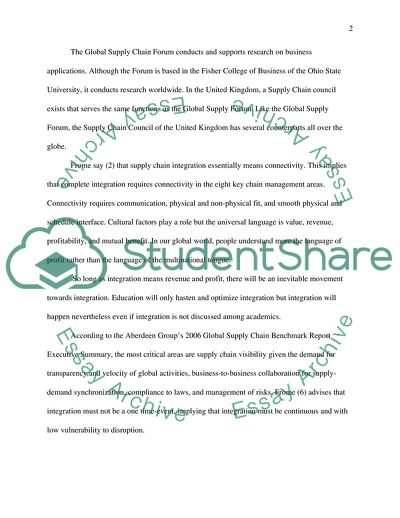Cite this document
(Supply Chain Integration Assignment Example | Topics and Well Written Essays - 1500 words, n.d.)
Supply Chain Integration Assignment Example | Topics and Well Written Essays - 1500 words. Retrieved from https://studentshare.org/marketing/1725256-supply-chain-integration
Supply Chain Integration Assignment Example | Topics and Well Written Essays - 1500 words. Retrieved from https://studentshare.org/marketing/1725256-supply-chain-integration
(Supply Chain Integration Assignment Example | Topics and Well Written Essays - 1500 Words)
Supply Chain Integration Assignment Example | Topics and Well Written Essays - 1500 Words. https://studentshare.org/marketing/1725256-supply-chain-integration.
Supply Chain Integration Assignment Example | Topics and Well Written Essays - 1500 Words. https://studentshare.org/marketing/1725256-supply-chain-integration.
“Supply Chain Integration Assignment Example | Topics and Well Written Essays - 1500 Words”. https://studentshare.org/marketing/1725256-supply-chain-integration.


